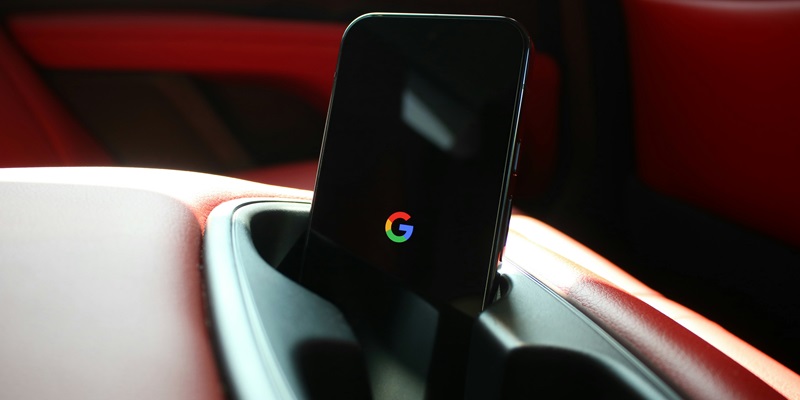Google’s foray into the refurbished smartphone market brings it up against tech heavyweights Apple and Samsung, and it raises an important question for consumers. With Google offering reconditioned Pixel smartphones like the Pixel 7 for $429 and the Pixel 6a for $249, buyers are met with devices that have undergone rigorous inspections and faulty parts replaced with original components. These phones also come equipped with the latest Android software and a brand-new one-year warranty, alongside full customer support. The inclusion of a charger, which contrasts Google’s recent trend of omitting one, adds extra value.
One of the key selling points for Google’s refurbished products is the extensive quality control process they undergo. Each Pixel device is carefully inspected to ensure that it meets high standards, and any faulty parts are promptly replaced with original Google components. This process ensures that buyers receive a phone that looks and performs almost like new. Additionally, the fact that these devices run on the latest Android software means that users can enjoy all the latest features and updates without any delay. A notable inclusion is the one-year warranty, which provides buyers with an additional layer of protection and confidence in their purchase. Complementing all these benefits is the fact that each phone comes with full customer support, offering peace of mind for any potential issues that may arise.
Amazon’s Competitive Edge
While Google’s commitment to quality is indeed commendable, savvy consumers might find more competitive deals elsewhere, particularly from online retailers like Amazon. For instance, newer models such as the Pixel 8 can sometimes be found at enticing prices, such as $499, making them a strong competitor to Google’s refurbished offerings. Moreover, Amazon also provides its own selection of refurbished Pixel devices, albeit at different price points. A refurbished Pixel 7 on Amazon, for example, is available for just $249—significantly lower than Google’s price. However, it’s important to note that Amazon’s refurbished units do not come bundled with a charger, a small but significant difference that could influence buying decisions.
Amazon’s pricing strategy is evidently designed to lure budget-conscious consumers who are willing to forego some of the added benefits offered by Google. Although Amazon’s refurbished devices may not go through as rigorous a quality control process, they present an attractive option for those looking to save additional dollars. Furthermore, the wide array of product choices and frequent sales events on the platform can make it easier for buyers to find deals that suit their specific needs. However, potential buyers should always weigh the trade-offs, especially when it comes to warranties and customer support, which could be less comprehensive compared to Google’s offerings.
Making the Decision
Google’s entry into the refurbished smartphone market sees it competing with tech giants like Apple and Samsung, raising a significant question for consumers. Google offers reconditioned Pixel smartphones such as the Pixel 7 for $429 and the Pixel 6a for $249. These devices undergo thorough inspections, with faulty parts replaced using original components, ensuring they meet high standards. They come with the latest Android software and include a brand-new one-year warranty and complete customer support. Interestingly, Google is also including a charger with these refurbished models, a departure from its recent trend of not providing one, adding extra value.
A major selling point for Google’s refurbished phones is the meticulous quality control process. Each Pixel device is thoroughly examined to ensure it performs like new, and any defective parts are replaced with original Google parts. Users also benefit from the latest Android software, enjoying the newest features and updates. The inclusion of a one-year warranty gives buyers additional peace of mind, knowing they are covered in case of issues. Full customer support further enhances the value, offering assistance whenever needed.

